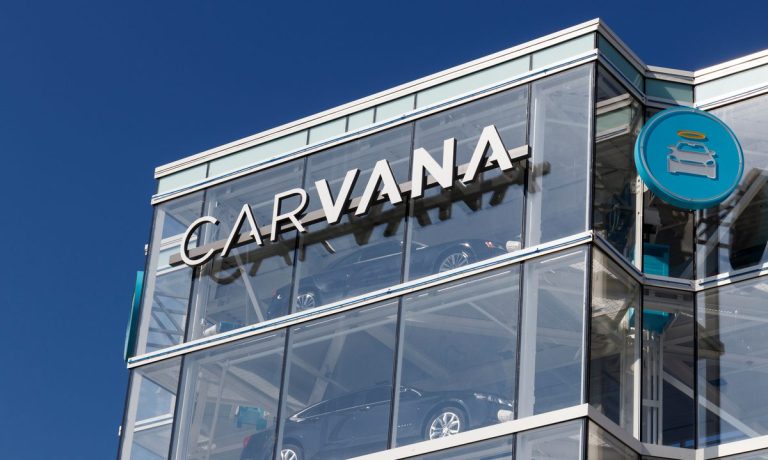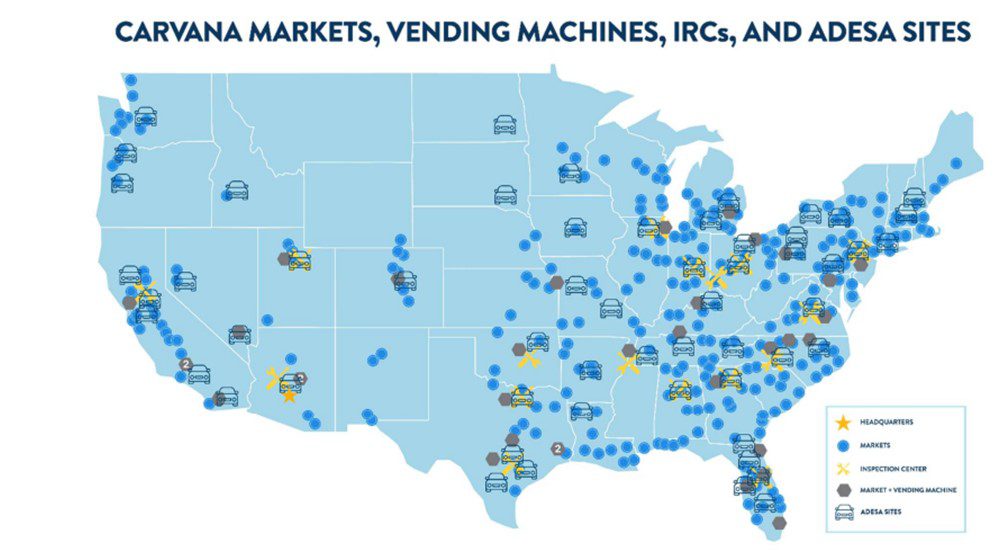Carvana Says Used Cars Sales Will Drop Again in Q1

After a crushing Q4 in which the country’s second-largest seller of used cars saw its unit sales and revenue drop more than 20%, Carvana said it expects continued declines into the first quarter and perhaps beyond.
“We expect our weekly retail unit sales volume to stabilize relative to the declines we saw in the second half of 2022 as the seasonal headwinds we faced at that time transition to seasonal tailwinds,” founder and CEO Ernie Garcia said to analysts Thursday (Feb. 23) afternoon about the retailer’s Q4 and full results, noting plans to cut another $100 million of expenses out of the business over the next two quarters, bringing the total reductions to more than $1 billion since the beginning of last year.
While he said March historically sees an increase in unit sales due in part to tax refunds, this year has been a bit disappointing so far, as he said Carvana has been averaging about 5,600 units per week, which is down about 16% from Q4’s 6,900 weekly level.
“However, unlike in past years, we have been decreasing — rather than increasing — advertising, inventory, and staffing levels and as a result, we expect the increase in sales we have historically seen in tax season to be muted this year relative to past years,” Garcia said.
What Happened?
To be sure, Carvana is still a young company that has burst into 300 markets with its patented, building-sized vending machines in just 10 years. Even so, like many customer-facing businesses, Carvana was severely tested in 2022, as reflected in the 90% drop in its stock price over the past 12 months.

Looking back, Garcia said in his letter to shareholders that the problems of the past were all straightforward; that the company had come into the year positioned for growth — just as it had for nine prior years, but was then hit with a post-pandemic mix of snarled automotive supply chains, rapidly rising interest rates, and a dramatic increase in the price of used cars.
Fast forward to the present, with $1 billion of cost cuts in place and continuing, and a three-step return to profitability and growth underway, all that remains is for the expected tailwind shift to occur.
If and when, and to what degree, that rebound happens is anybody’s guess, but in the meantime, Garcia — ever the optimistic used car salesman — still sees silver linings all around him, such as the fact service reps spend 40% less time on the phone now to make a sale, or that the scheduling systems Carvana has built and invested in allows it to pair 1 out of 3 retail vehicle deliveries with a vehicle pickup, up from 1 out of 14 retail sales only a year ago.
“2022 had a lot of hard days, but we’re a scrappy group, and hard days aren’t always the worst thing in the world for scrappy people,” he said on the call, reminding investors of his propensity for “finding a way” in the face of doubt and strife. “The hard days are making us better, and we’re doing our best work right now,” he said.